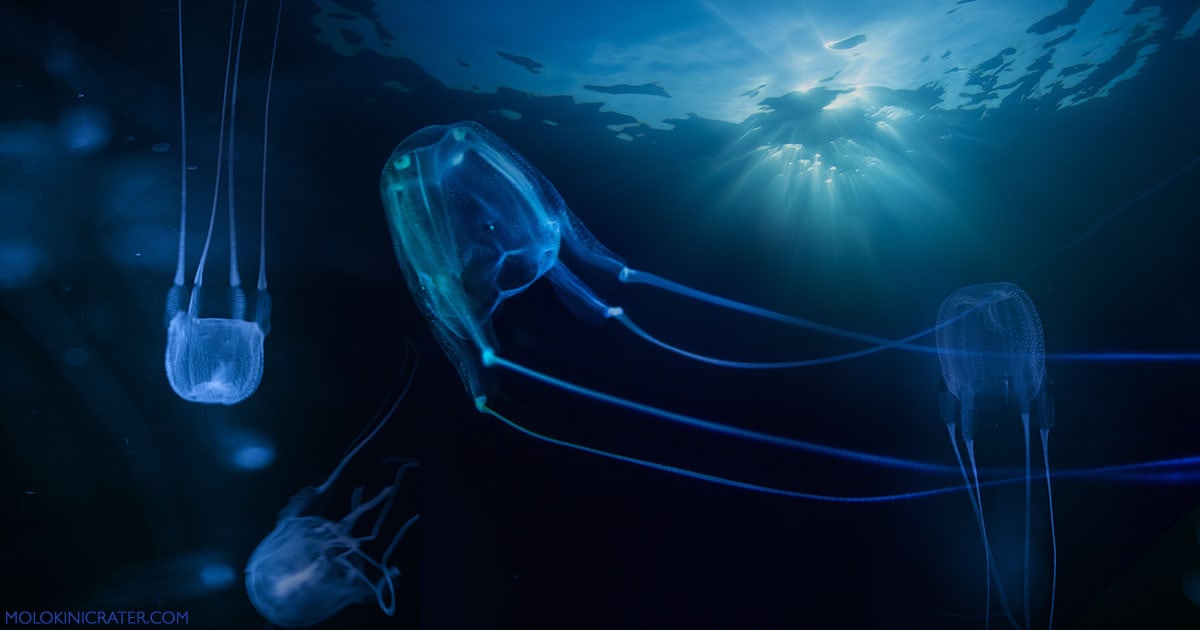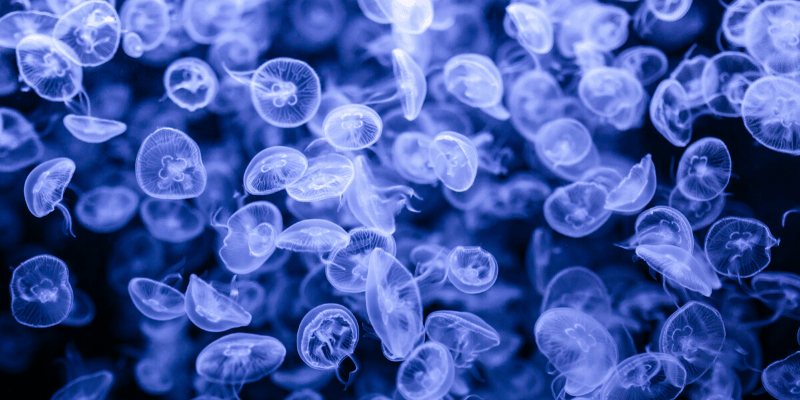Box Jellyfish Aquarium Pets – Tips For Finding Jellyfish That Are Easy to Take Care Of

Box jellyfishes are tiny cnidarians distinguished by their flat-shelled medusae
These species are also known as box sharks or box fish. Some species of this type of jellyfish make potent stings: Carukia harness, Chironex Fleckeri and Malo kingi.
Box jellies have sharp spines that enable them to inflict painful bites on their prey. Their stings are painful to humans and very painful to animals (especially cats). If you find yourself having trouble swallowing, you will want to consult with a doctor. The pain will last for about ten minutes.
A box jellyfish sting is caused when the skin of the animal gets irritated, often by the sharp spines that it grows. The venom is injected into the muscle tissue with a sharp probe called the hypodermic needle. When it pierces the skin, the poison causes a very high degree of pain. If you are bitten by a box jellyfish, you must seek medical help right away.
Most people who have been bitten by a box jellyfish sting are able to describe a mouthfeel. This is because the poison can travel through the bloodstream and cause pain and burning in almost any part of the body. Some people are allergic to the poison itself. In others, symptoms include swelling, redness, warmth, and pain. If your pain is severe, you may have difficulty breathing.
Box jellies are beautiful species that thrive in tropical waters around the world. Their name comes from their flat body shape. They are usually found in shallow water near reefs, but they have also been known to swim up to 20 meters deep in the sea.
Box jellyfish are small, three to five inches long. The most common form is the box jellyfish. These types are found on sandy seabeds, surf beaches and coral reefs. The more common Carp variety is found in deeper waters where the sand is too soft to support fish. They grow up in big schools.

It's not hard to see how box jellyfish have become one of the most popular aquarium pets in recent years. Since they are so small, you don't have to worry about keeping the tank large enough to hold one fish. In fact, you can only have one or two of these animals and many other fish species in the same tank.
In addition to being easy to keep, exotic jellyfishes make great starters for new aquarists. The animals are easy to care for. In many cases, you can keep them in aquariums just like fish. Because they live so closely with the reef environment, they often eat the corals.
Box jellyfish will survive on just about any food that you give them
They like to eat coral reefs and the other small creatures that can survive in the tank. However, if you are new to jellyfish keeping, you might want to try feeding a variety of different foods until you find one that works well with them.
Box jellyfish do not need much maintenance. A weekly cleaning should be sufficient for most fish species. However, some owners recommend cleaning at least once per month. This will ensure that the tank is free of any dead fish and algae. You will also want to check and clean the filter cartridge periodically to make sure that there are no debris particles stuck in the filtration system.
To prevent overfeeding, you will want to introduce some floating vegetation into the aquarium. This will help to break up the clumps of algae and will keep the aquarium looking its best. There is nothing more discouraging than seeing an aquarium full of algae, dead plants and dead fish.
Many jellyfish aquariums are located near reefs, so this type of jellyfish is usually not aggressive to coral or live corals. You can use any form of filter media for these fish. If the fish start eating the vegetation, you will want to clean it out with a net.
